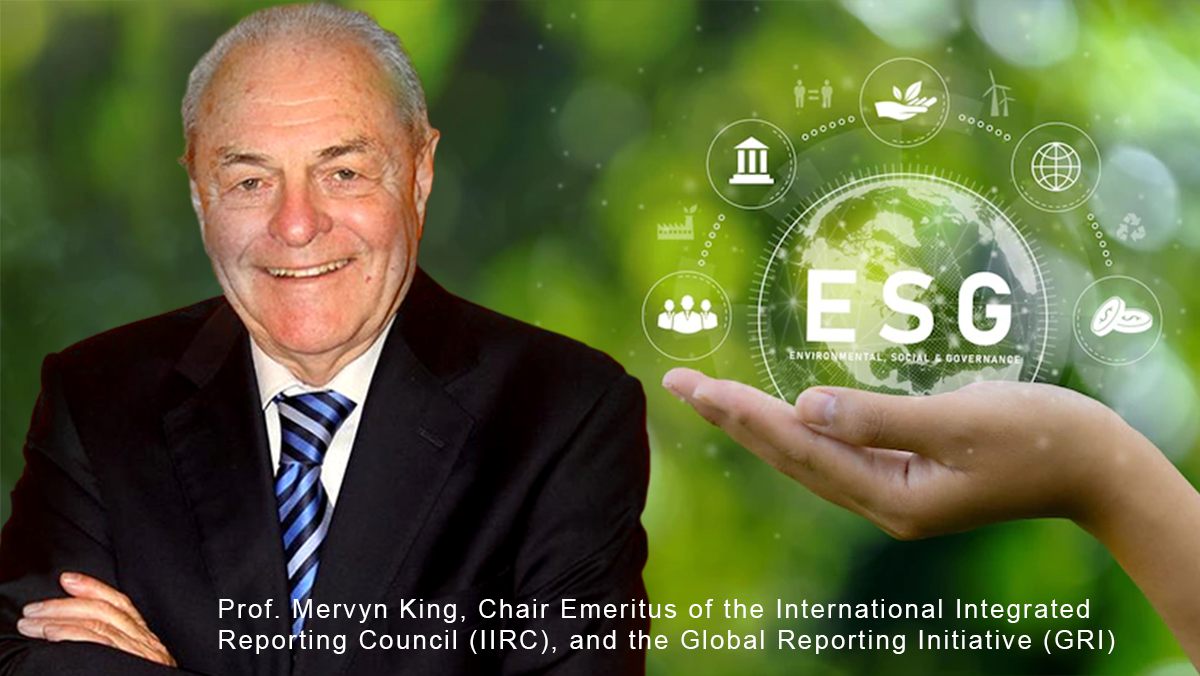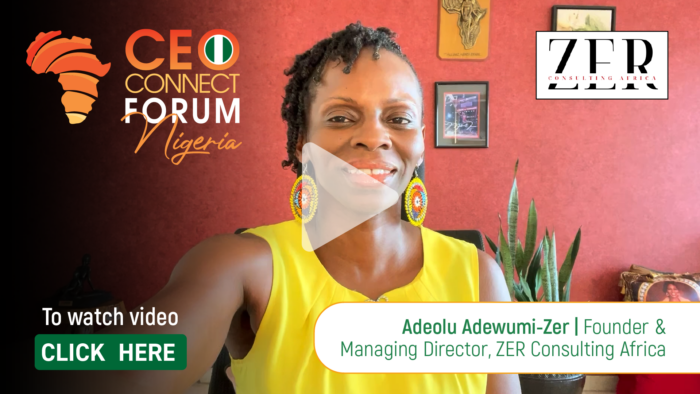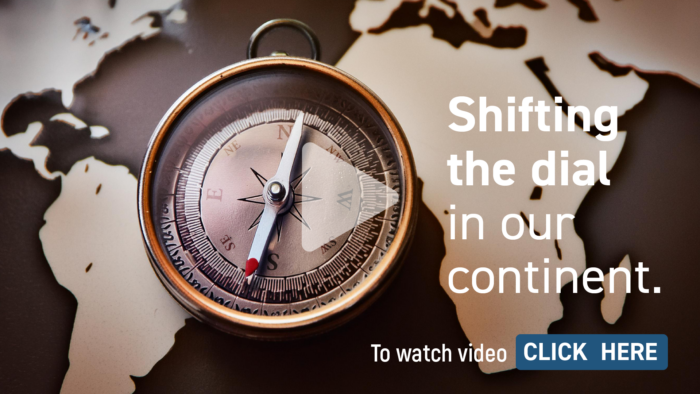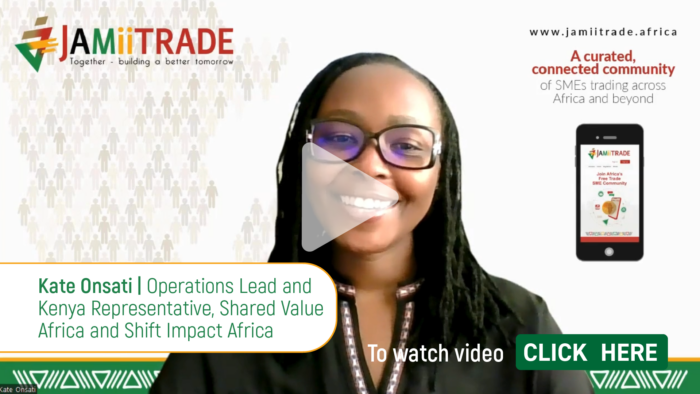The ESG journey and challenges along the way
Prof Mervyn King reflects on key milestones on the road leading up to the launch of the ESG Exchange

When I was chair of the United Nations on Governance and Oversight and Chair of the GRI, the International Federation of Accountants (IFAC) held a meeting at the United Nations. We discussed how directors were not discharging their duties of accountability in the following scenarios, including financial statements and reporting on the impacts of the company on the economy, society and the environment that was divorced from reality as these things work together, not in silos.
The discussions then began around connecting or integrating this information which led to the GRI and Accounting for Sustainability (A4S) launching the International Integrated Reporting Council (IIRC), of which I became the Chair. Importantly though, we were still looking at sustainability from the ‘inside-out’ – the impact of the company and its products and outcomes, on the economy, society, and the environment. Meanwhile, there were some seismic events, such as the collapse of Lehman Brothers and the Global Financial Crisis, which showed the impacts external factors could have on the company.
It was these events that launched the Sustainability Accounting Standards Board (SASB). SASB started looking at sustainability from the ‘outside-in’ – that is from the perspective of the impacts of the Brundtland Commission’s three critical dimensions for sustainable development – people, planet, and prosperity – on the company. We saw that sustainability, like a coin, had two sides.
Thereafter, a myriad of framework providers and standard setters leaped into the ESG space. I gave a talk in London where I am told that this had some effect in driving collaboration between these standard setters. Soon thereafter, the Group of Five, which included the IIRC and SASB, issued a statement of intent to collaborate. Inevitably, collaboration led to talks of a merger and SASB and the IIRC merged to create the Value Reporting Foundation (VRF). Further progress led to a ‘sale’ of the VRF to the IFRS Foundation (IFRS) and the SASB standards were used to form a new body, the International Sustainability Standards Board (ISSB) under the oversight of the IFRS – a sibling to the International Accounting Standards Board (IASB).
What is intriguing in the developing standards and regulations — the European Union’s European Sustainability Reporting Standards (ESRS), China’s statements, the ISSB Standards and the United States Securities and Exchange Commission’s regulations — is that there is common cause; a need for integration between financial and non-financial information.
There are several barriers that stand in the way of companies effectively reporting sustainability information and connecting these with financial reports. The barriers include:
- the expertise to provide the right corporate environment are both scarce and expensive;
- most companies are resource-limited, and the resources required for corporate reporting will be competing with resources required for business revitalisation in a post-COVID-19 era;
- such corporate reports will need to be assurable and, in many cases, comply with regulation and legislation, placing additional burdens on already stretched internal assurance and compliance resources; and
- sustainability reporting, unlike traditional compliance reporting, will require a whole-company approach as reported targets are promised and plans scrutinised. This company-wide transformation requires the building of bridges between the business silos and the institutionalisation of integrated thinking.
Over and above these barriers are transformation challenges such as the lack of a standard or best-practices for an effective sustainability reporting system, and reduced timelines. Social and environmental demands are such that the time it took financial reporting systems to develop and mature will not be available for sustainability reporting.
Through The Good Governance Academy, which I established in 2019, I have embraced this global call to action and responded using its purpose of facilitating quality education (SDG 4) through collaboration (SDG 17) by creating The ESG Exchange. The ESG Exchange has convened standard setters, regulators, professional bodies, practitioners, experienced corporates and educators in a global collaboration to assist boards, corporate leaders, and operational managers, from diverse professions and economic sectors on ‘How To’ source, manage, assess and report on sustainability information in an integrated manner.
The strategic objective is to create a global baseline for a comprehensive corporate reporting system that integrates both financial and non-financial sustainability information.
This is an edited extract of retired judge and globally recognised corporate governance expert Professor Mervyn King’s opening remarks at the 7th Colloquium of the Good Governance Academy (GGA), entitled ‘Connectivity: Connecting financial and non-financial reporting’. The GGA, of which King is patron founder, launched a new initiative globally called The ESG Exchange on 28 June 2022. It will be a resource for reporting officers to publish comparable, repeatable, assurable sustainability information for sustainability reporting which is imminent globally.




